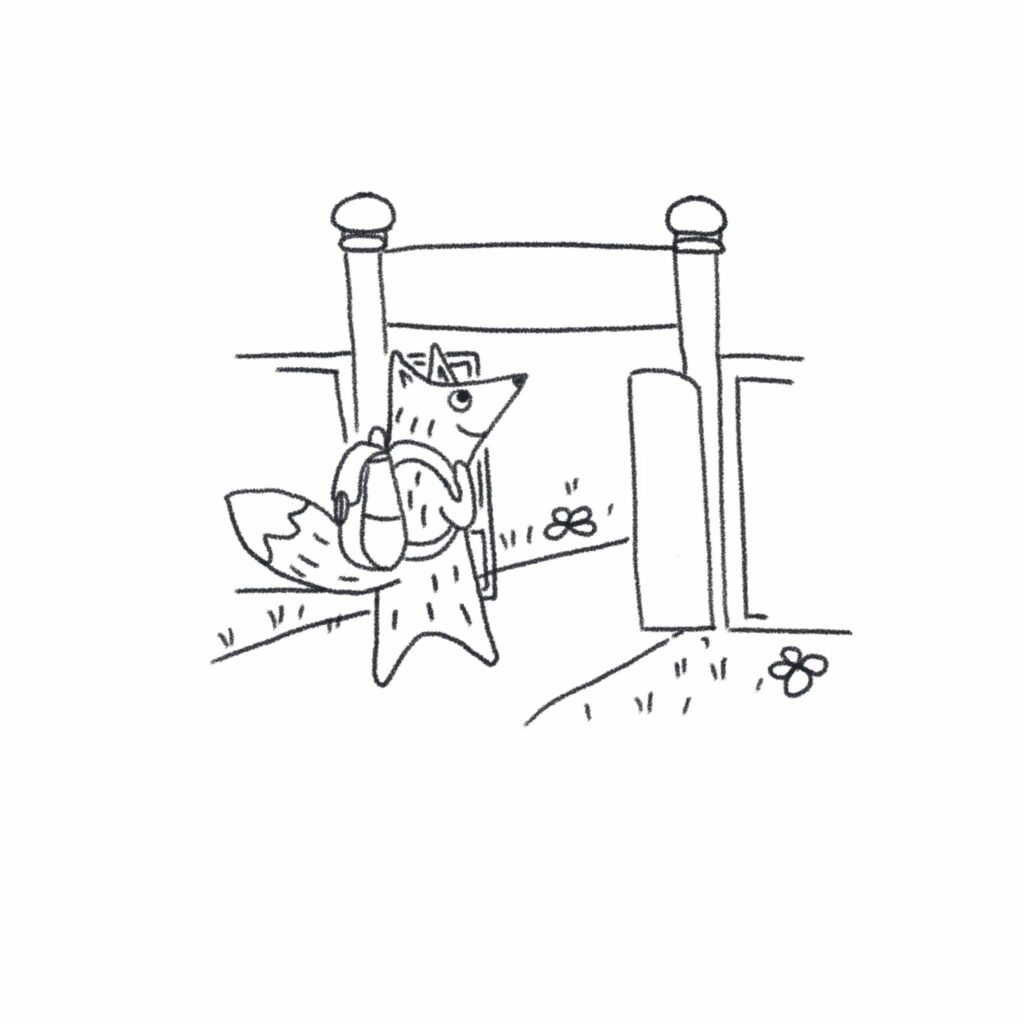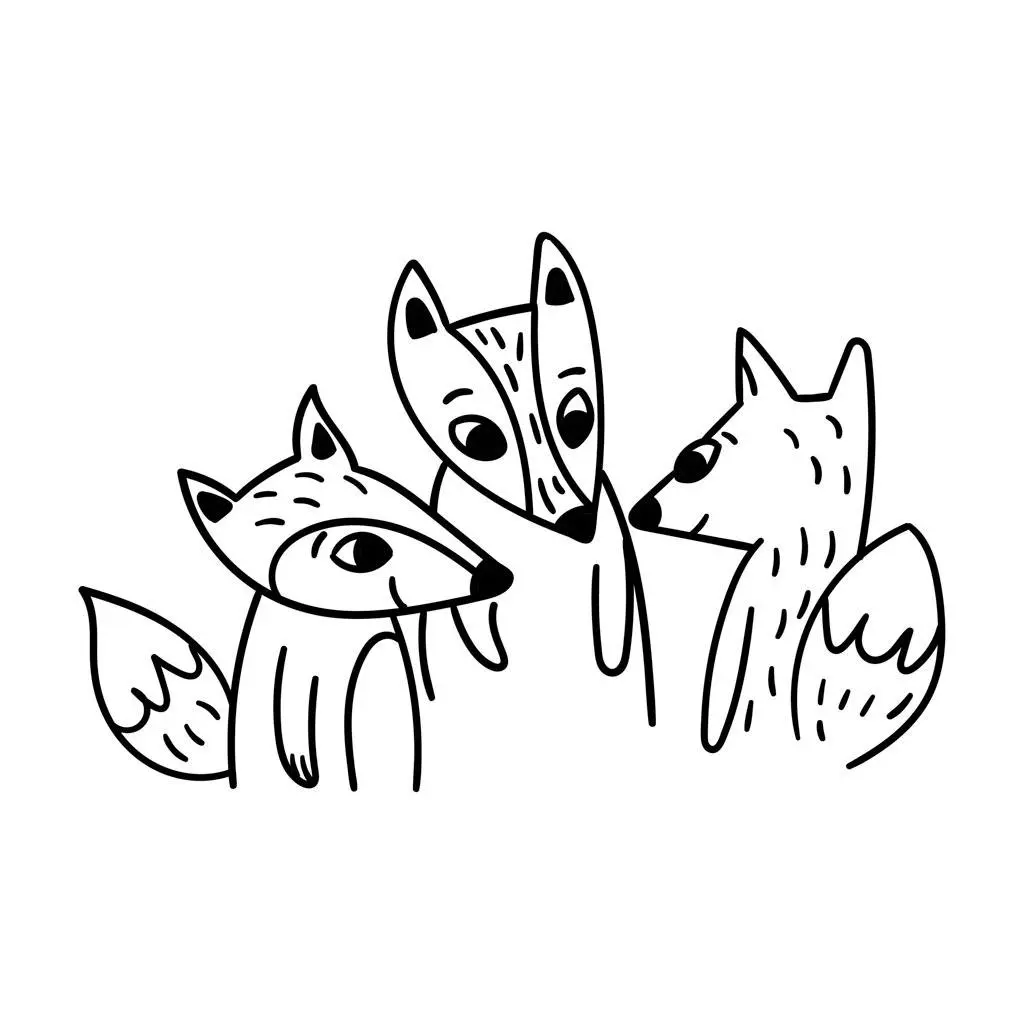Dr. Helen Jones joins us to explore the Montessori Method, one of the earliest and most influential approaches to early years education.
Table of contents:
- What is the Montessori approach?
- Why is the Montessori approach important?
- What are the five principles of the Montessori method?
- What are some typical Montessori Activities?
- Final word
The Montessori Method has attracted a wealth of attention with its more stripped back, dynamic approach to educating children. But it does seem a little steeped in mystery and confusion at times.
So what is it all about?
How can we glean it’s benefits for our children at home?
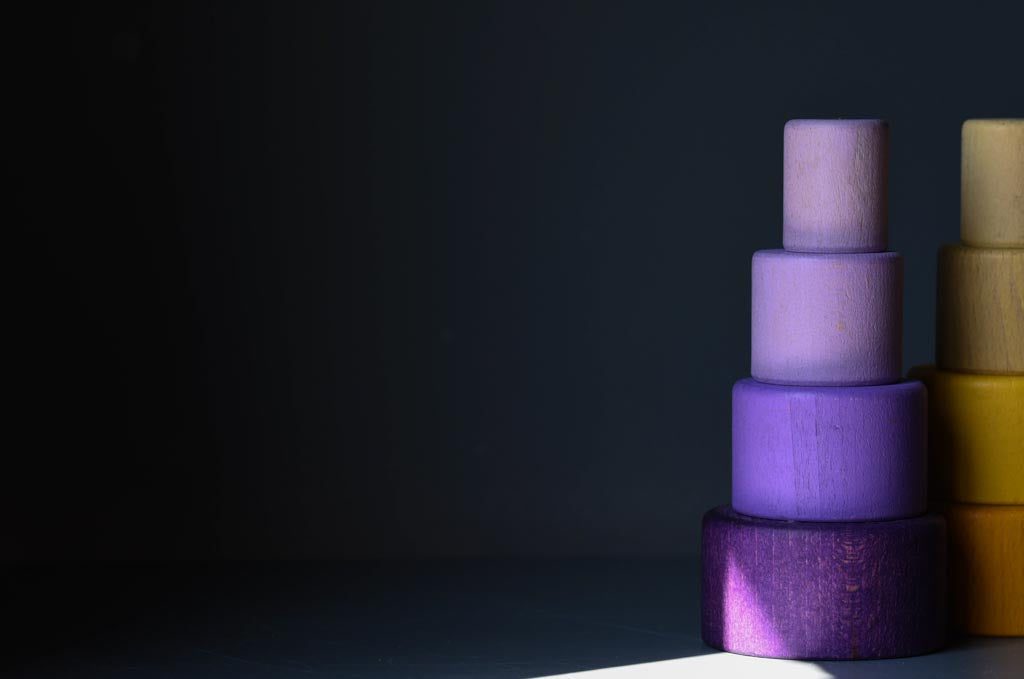
What is the Montessori approach?
Maria Montessori accidentally stumbled across her groundbreaking approach to learning. Not many realise that she was, in fact, a doctor, caring for patients in the late 1800’s. She worked in an asylum in Rome with children who had mental and emotional disabilities.
There she discovered how sensory learning, the natural desire for knowledge, simple activities, choice and independence could become powerful drivers of development, so much so in fact, that the patients she worked with went on to achieve higher scores than their peers without disabilities.
Thus the Montessori Method was born in the early 1900’s as a child-centred approach to learning. This marked a shift away from traditional schooling, where the teacher or parent was considered the sole source of knowledge. Dr Montessori instead favoured children having choice over which activities to engage in (she believed children learn better this way) and she removed the deep rooted ‘teach from the front’ lecturing style of education from her classrooms in favour of getting down on the same level as the kids and exploring/observing alongside them.
Montessori developed activities which focused on one skill, enabling children to choose which activities, and thus skills, they wished to master, depending on which type of learning they were most receptive to at the time.
The method also brought with it process-based activities which have a beginning, middle and end – giving learners sequenced learning and a sense of achievement of completion. This taught children all the steps in a task, whether that was a domestic routine, or a painting activity. Children would be shown the various stages of the activity, without verbal instruction, including tidying it away at the end (Amen to that!).
Montessori is always a sensory rich, hands-on approach to learning. Research has proved that this type of learning is very powerful and builds neural connections in the brain, as well as aiding fine and gross motor skills, cognitive growth, and problem solving. By placing more emphasis on developing the ‘whole child’ (enriching physical, social, intellectual and emotional development) rather than focusing solely on academic attainment, children became happier, healthier, more independent and naturally their academic attainment was increased (more as a by-product then an end goal). We learn best when we are happy and healthy.
While the Montessori method is in place in thousands of nurseries and schools, its benefits do not have to be constrained to the classroom. It is an approach that any parent can adopt.

Why is the Montessori Method important?
When you consider that a child’s early years are some of the most formative in their life, finding an approach that can unlock their potential is key. Montessori claims it can do this. But how?
- Follow the child (and their unique nature). When children make a learning journey, they all travel in different modes of transport, at different speeds and use different pathways to get there. Some hit bumps in the road, others glide seamlessly. Montessori is an approach which not only recognises this but actively tries to accommodate different learning paces, styles and approaches. Rather than straightjacketing children into a one size fits all approach, Montessori removes the set curriculum in favour of being guided by the interests of the child. What is your child fascinated by? Have you observed what captures their attention and capitalised on it? For example my daughter recently found a woolen glove fascinating, she loved the soft texture and shape and wouldn’t put it down. So… I dug all the gloves out, (fingerless, mittens, latex, you name it!) and we tried them all on, filled some of the latex and rubber gloves with water and put things inside them. She absolutely loved it, and it was all guided by her.
- A caring community of different ages. In Montessori classrooms children are different ages (usually up to 3 years different in age) and thus the older students become role models and mentors and younger students feel inspired and supported by them. This mirrors a natural family environment with siblings or a community setting. There is much to learn from those around us.
- Social and emotional development is also key. Teaching the ‘whole child’ rather than focusing on information ‘input’ and academic excellence makes room for teaching valuable life lessons. Developing positive characteristics, citizenship, emotional well-being tools, turn taking, social interaction, healthy competition and self care are just some of the transferable skills honed in this approach.
- Freedom is balanced by limits. Giving children autonomy to become active drivers of their own learning (within some set parameters) is a great way to engage them. There is a balance to be struck between children ‘ruling the roost’ and adult ‘interference’; Montessori aims to achieve this. For instance, giving your child a choice of three different activities at home lets you set the boundaries and supervise, but they have some choice over what to engage in.
- Reflective learners who can self-assess and self-correct are made. In traditional classrooms students can become reliant on the teacher for skill correction. Accurate answers are often provided in red pen on their work, or errors circled by the teacher. But kids won’t always have a teacher will they? While some of us are privileged to have mentor figures in our lives, much of the hard work of spotting our errors has had to be done by ourselves. In fact, it’s more powerful that way. So Montessori kids are not only encouraged to identify their mistakes but to unpick these misunderstandings and reconcile them. This is perhaps one of the most powerful lessons Montessori has to give.
- Order, Independence and concentration. Whilst children are given free reign (to some extent) to direct their learning journey, they also need to learn self-discipline and self-regulation from an early age. This is supported through daily routines and focus on maintaining an orderly space. By enabling kids to choose activities, concentration and focus is automatically amplified. Montessori facilitators structure the environment carefully and teach children to respect it and put everything back in its rightful place. Think containers, think labels, think colour coding.
- Natural eco friendly vibes. Picture woven straw baskets, wooden toys, organic curiosities and sand pits. These are beautiful and wonderful sensory objects that invite touch and smell. Natural, wooden or handmade toys tend to be more durable, as well as promoting the wonders of the natural environment. These enduring toys also don’t cost the earth.
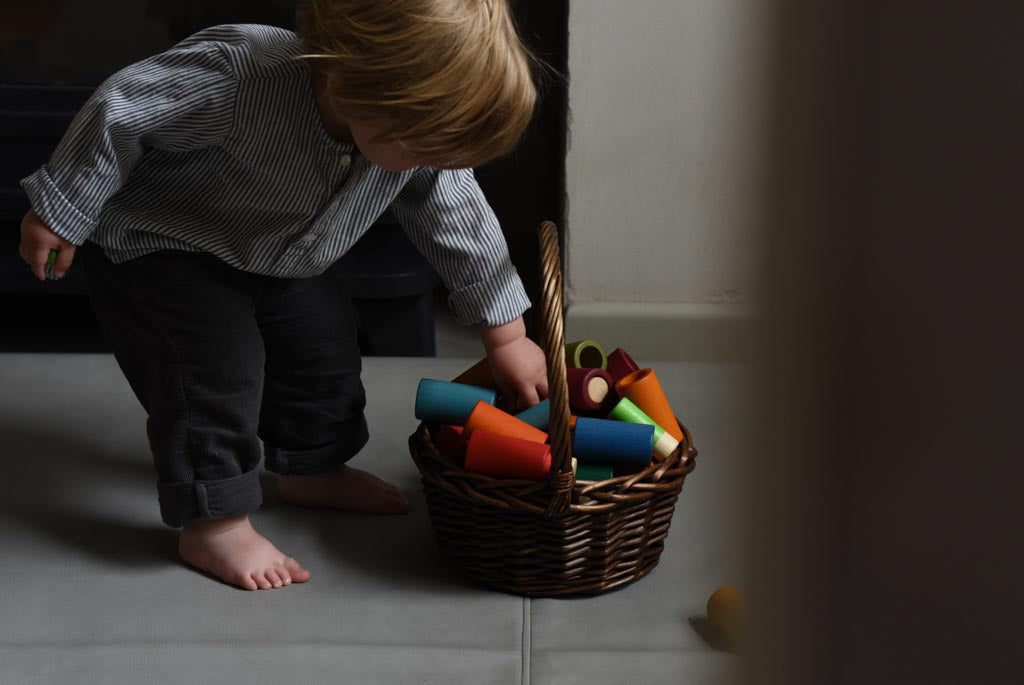
What are the five principles of the Montessori method?
This approach is scaffolded around five simple, yet powerful principles.
- Respect for the Child. When you consider this method is over a hundred years old, you can imagine how radical building an education approach around respect for children (rather than respect from children to the teacher) was. Giving our mini me’s the freedom to make choices, do things for themselves, and be celebrated for their uniqueness, shows they are not only respected but loved. Observing children without judgement and encouraging peaceful conflict resolution are just some of the tenets that stem from this foundation. Threats, bribes and punishments are avoided in favour of a focus on the behaviour you do want to see.
- The Absorbent Mind. Simply by living, we are constantly learning from the world around us. Through their senses children continuously absorb information and make sense of it because they are ‘thinking beings’. All that is required to maximise this ‘self-education’ is a little structure and facilitation.
- Prepared Play. ‘Play is the work of the child’. Maria believed that play is absolutely essential for learning, yet it can be seen as more a luxury and non learning activity by adults. Children are regularly interrupted from play, as if it isn’t significant. So having play as a vital part of your child’s life and setting up your environment to reflect this is key. Children learn best in an environment that has been prepared to empower them to explore play independently, whilst not being overwhelmed by choice. This could be as simple as setting up 3 different activities before your child wakes from a nap or in the morning. Or it could be ensuring that there are items in the house specifically designed for your children to support their play – child size tables, chairs, cleaning equipment, kitchen helper stool and personal care items.
- Sensitive Periods. There are times in our lives we are more receptive to certain types of learning; Montessori recognises this. These sensitive periods last until the child has quenched their thirst for the knowledge and skills they are especially susceptible to. For example, there was a time in my daughter’s life where all she was interested in was physical movement and another period where she was obsessed with mark making. By noticing these sensitive periods we can identify what our children are absorbent to and provide activities which meet these learning needs. Of course, the timing, order and length of these periods varies due to our unique nature.
- Auto education. Children will learn, no matter what. They are sponges. They are receptive to everything, and given the right environment, guidance, activities, inspiration and encouragement they will develop. Our natural mode is to constantly seek knowledge and self educate, to use stimuli to work things out for ourselves, whether we are aware of it or not. Montessori practitioners capitalise on this, empowering children to be more independent. Jim Smith(2017) which posits that when teachers do less, it is the students that do more. I would argue that similarly, when parents do less (for their kids), their children learn more.I have witnessed my child make mistakes in her development more times than I can recall. Each occasion I have had to consciously fight the urge to correct her blunders. My husband has sometimes chipped in, “Just wait… hold back… let her figure it out for herself”, and to my amazement, seconds later, she does!
If I didn’t resist, would she get that valuable learning of how to pick herself up when she stumbles, or how to clear a spillage herself?
If I always button up her jacket, tie her shoelaces, tidy her toys away neatly, will she learn these skills for herself?
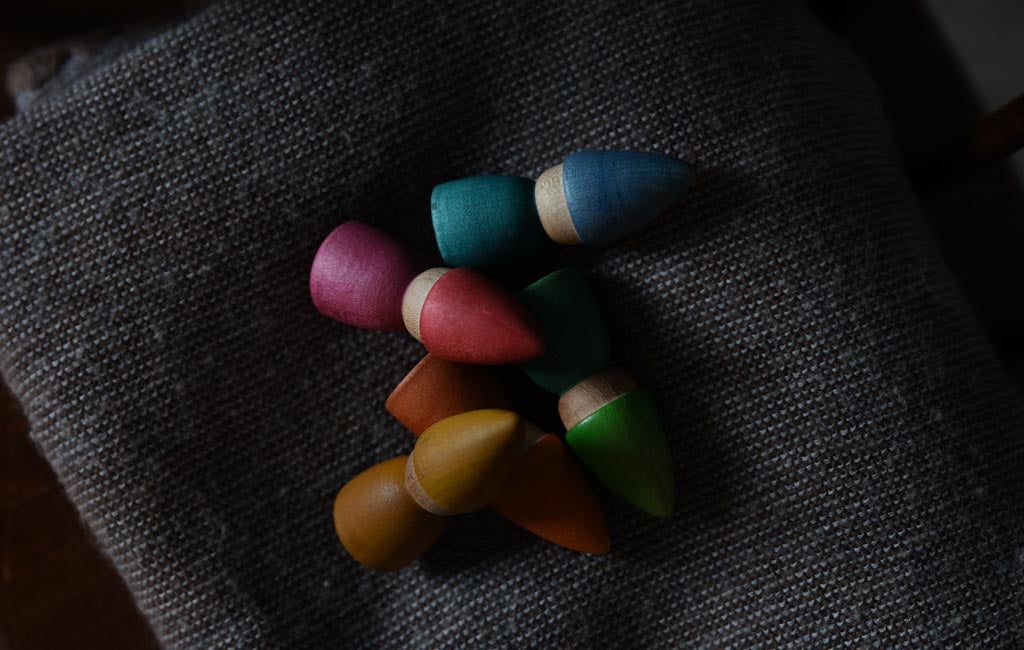
What are some typical Montessori Activities?
All these activities can be adapted and tailored to your child’s interests and age. As your child grows they will be able to take on more complex tasks which have more steps in the sequence, but starting young having just a beginning and end to an activity can give your child a sense of achievement.
- Arts and Crafts – this works on developing the child as a ‘whole’, enabling them to find other ways to express themselves than through words. Creative problem-solving, hand-eye coordination, and self-expression are just a few of the benefits associated, and it could be as simple as using floor chalks, or just pencil or paintbrush and paper.
- Blocks – building, nesting, stacking, arranging, balancing and pretend world play are just some of the limitless possibilities learning blocks offer. Wooden blocks have come a long way recently, and transformed into a variety of wondrous and more complex forms for those wanting more challenging options. They are not only beautiful to behold, but kinder to the planet and provide longevity. For more on the developmental benefits of block play – and for help choosing the right set – read the 100 Toys Guide to Block Play.
- Sand and water play. What’s not to love about these natural gifts? It is yet another classic example of a tactile, sensory driven, Montessori activity that brings your child’s learning back to nature.
- Threading activities. Developing your child’s grip and finger dexterity is a vital skill for writing, art making and life in general. How can you teach your child to coordinate their eyes and hands and use these efficiently (together) to achieve their intentions? Well there are a range of threading toys, whether it is as simple as a conical stacker, coloured pegs, or using beads and discs.
- Board games. They are for life, not just for Christmas. They enrich a whole host of motor and cognitive skills and give a sense of accomplishment when completed. Furthermore they involve sequencing, logic, social development and promote turn taking and healthy competition. HABA’s Little Orchard games come highly recommended, but why not take it one step further and make your own, based on your child’s interests for a truly kid-centred experience.
- Self care & domestic chores. Involve your child in domestic life and problem solving. Show them how you tackle certain chores and ask for their involvement. Even young toddlers like to feel involved by helping ‘clean’ a surface with a cloth (albeit sometimes adding more dirt than was originally there), or by brushing their own teeth or hair. Asking for help with writing a shopping list, setting the table, watering plants, washing vegetables, feeding pets, measuring ingredients, passing you objects you need etc may not sound like fun but children do enjoy them and get a lot out of these activities. They can be particularly calming and teach sequences whilst providing a sense of inclusion and achievement.
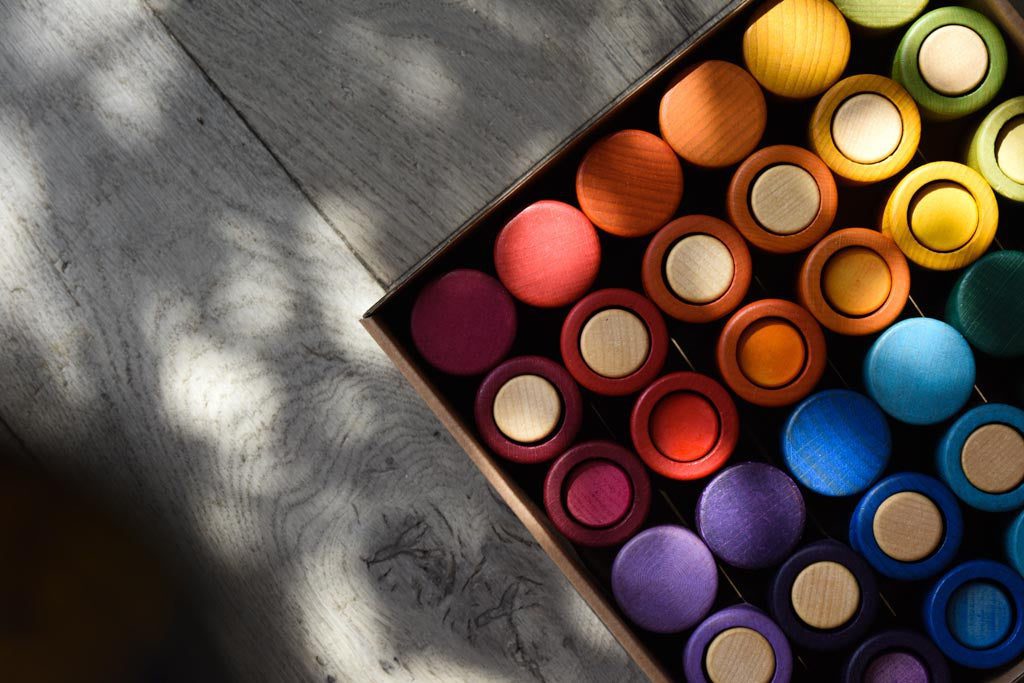
Final word
At its best Montessori prepares our children for their future as a whole person, by empowering them to be more independent, yet also part of a community. At its worst it is a misunderstood phenomenon, which has been met with some confusion and critique, particularly by traditionalists.
Like all education systems, it isn’t perfect.
It all boils down to intuition.
As a parent no one knows your child better than you, so take what you feel is beneficial for your children, from the approach.
I know I certainly will.
References
Davies, S. (2019). The Montessori toddler. New York: Workman Publishing Inc.
https://www.ourkids.net/school/criticisms-montessori-answered
https://www.themontessorinotebook.com/
Smith, J. (2017). The Lazy Teacher’s Handbook-New Edition: How your students learn more when you teach less. Crown House Publishing Ltd.


